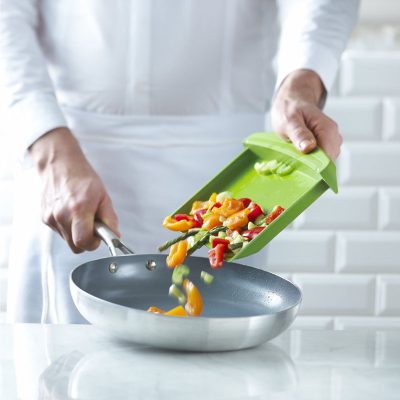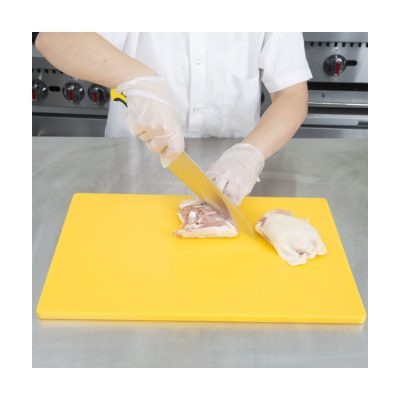How to prevent bacteria from multiplying on plastic cutting boards?
There are a lot of bacteria in our life that make us hard to guard against. In addition to the bacteria in the bathroom, the kitchen, cupboard and other places are the most important. According to previous news reports, 14 people in a British restaurant suffered from food poisoning. The cause turned out to be cutting boards. Cutting boards are frequently used daily necessities. The effect of cleaning also affects people’s health and safety. Someone did an experiment: use a new cutting board to chop meat for 30 seconds, then let it stand for 1 hour, so that the bacteria on the cutting board can fully contact the air. The results show that after 1 hour, the new cutting board can breed 82 mg of bacteria per square centimeter! The harmful microorganisms on the cutting board are mainly fungi and bacteria. The right temperature and residual moisture and organic matter on the plastic cutting board provide a breeding ground for these microorganisms. The uneven knife marks on the cutting board are equivalent to countless dark and damp “caves”, which are very suitable for the survival and reproduction of fungi and bacteria.
Generally speaking, there are wooden, bamboo, and plastic cutting boards. Because the bamboo cutting board is not so wide, some adhesives are used to stick them together, so there may be formaldehyde in it, but formaldehyde is more volatile, and the cutting board should be cleaned well before use. , there will be no formaldehyde residue. However, wooden cutting boards and plastic cutting boards are prone to cracks and deep knife marks due to their soft texture and have been used for a long time, or are often used for chopping food. If you do not pay attention to cleaning and drying, it is easy to hide dirt or mold in cracks and crevices. Although the bamboo cutting board has high hardness, it is not easy to leave knife marks and is easy to clean, but because it is spliced, it is also prone to cracks after a long time of use, which poses a health hazard. Therefore, as kitchen utensils that come into direct contact with food, pay attention to keeping the cutting board clean and hygienic in daily life, in order to better avoid hidden dangers to health.
The risk factors on plastic cutting boards are mainly all kinds of bacteria and fungi caused by the deterioration of food residues. For most healthy adults, these are potential health hazards, and for people with weakened immunity To make matters worse.
First prepare a bowl, pour water into it, about 200 ml should not be too much, then add two tablespoons of white vinegar to the water and stir well. Then take out the kitchen paper, spread the paper on the plastic cutting board, sprinkle the white vinegar water on the paper, wait until it is completely soaked, just like putting on a mask, let it stand for 15 minutes, be sure to pay attention to the plastic dishes Everywhere on the board is soaked. When the time is up, take off the paper, sprinkle some salt on the plastic cutting board, brush it with a soft brush, and then rinse it with clean water. At this time, we will find that the plastic cutting board is as clean as ever. Now, you can try it when you have time, the effect is very good, usually once a week is enough.







